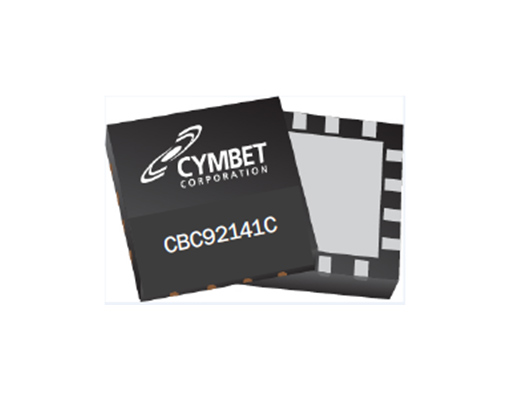By Brian Santo, contributing writer
Cymbet Corp. offers a rechargeable battery backup IC called the EnerChip. But how does the company make it more useful in a wider variety of applications? The answer: Marry it with a real-time clock (RTC) with battery management capabilities. By leveraging the company’s EnerChip solid-state rechargeable micro-battery, Cymbet developed a standalone IC that combines an ultra-low-power RTC with power management functions, supporting power switching and battery management.

The new power management with RTC (PMRTC) product will work with a variety of backup power sources, whether its own EnerChip micro-battery, a supercapacitor, or a rechargeable coin battery. The company plans to follow up with new chips that integrate the RTC and power management circuitry of the PMRTC directly with the EnerChip in a single package.
The EnerChip devices are designed for battery backup for any number of devices, including remote sensors, consumer products, portable medical devices, and industrial systems. If the main power is lost, momentarily or even up to several weeks, the EnerChip can keep the device alive. If the device is equipped with an RTC (including the company’s own PMRTC), the EnerChip backup battery will similarly keep the RTC powered until the main power can be restored, at which point the EnerChip can be recharged.
The PMRTC, available in several versions, has several unique features. Among them is that the RTC element consumes less power than any similar device on the market, Jeff Sather, Cymbet VP of technology, told Electronic Products.
Most devices on the market consume somewhere in the range of about 100 nanoamps to several microamps of current, noted Sather.
The PMRTC has dual operating modes. The higher-precision mode relies on a crystal oscillator and draws about 50 nanoamps, said Sather. There is also a mode that does not require a crystal oscillator, and though less precise, it draws even less current — about 20 nanoamps, he continued.
If, for example, you’re powering a chip that might need to only wake up every few days, you don’t need a lot of clock precision, he added.
As for the power management, Sather said that a rare feature is the ability to handle multiple voltages — 4.1 V is common, but supercapacitors and rechargeable coin batteries tend to operate at 3.1 V or 3.2 V. He said that the company also will offer a power output pin that can be used to provide a limited amount of power to an outside component.
Another uncommon feature will be a pin that allows the user to disconnect external components from the main power rail, said Sather. For example, if you have a device that tends to draw a lot of power (a microcontroller or accelerometer), the power management system will allow the user to disconnect it.
“That might be useful for remote sensors when you don’t need access to the microcontroller or the accelerometer all the time,” he said.
Additionally, the part will support both the I2 C and SPI interfaces. Another rare, if not unique, feature is an integrated temperature sensor.
Sampling of the standalone PMRTC will begin in the second quarter of 2018, with a product family containing an integrated EnerChip to follow in late 2018, said the company.
Pricing is not set yet, but Sather said that a preliminary cost estimate is roughly $0.60 in volume in the U.S. for the PMRTC. Versions integrated with the Enerchip battery will probably range from $0.80 to $1.20 in volume, depending on the configuration.
The company also announced that it is now shipping the EnerChip micro-batteries in volume.
Advertisement
Learn more about Electronic Products Magazine





